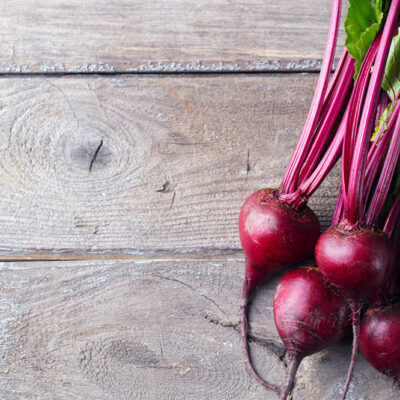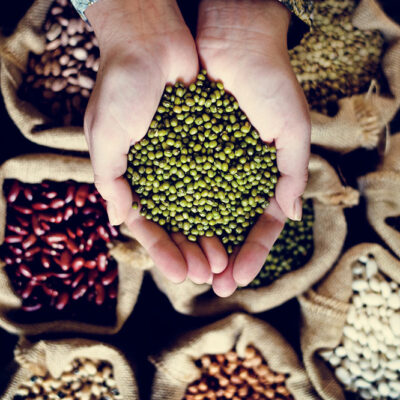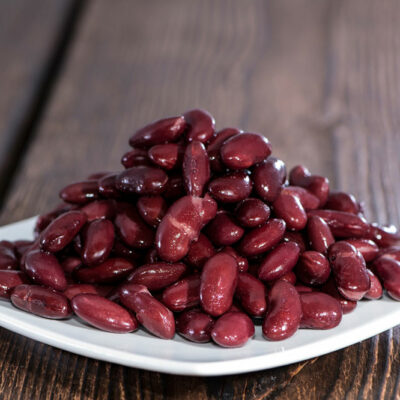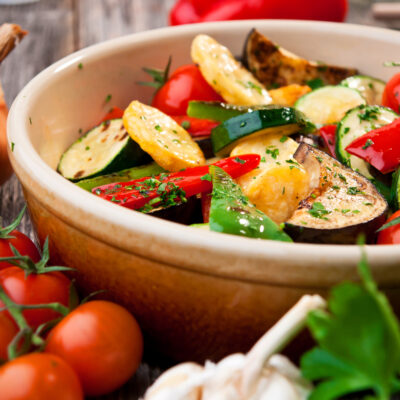
Food and Nutrition
5 Common Foods that Trigger Symptoms of IBS
Frequent abdominal pain accompanied by gas and bloating can make daily life an upheaval task for many. Irritable bowel syndrome is a disturbing GI condition that includes frequent bouts of diarrhea and constipation, accompanied by the typical symptoms mentioned above. When you live with IBS, the last thing you want to do is eat foods that trigger the condition and make the symptoms worse. It’s important to know what foods to eat and avoid to ease the symptoms of IBS. While different people with IBS respond differently to certain foods, some common foods are better avoided to see improvements: Gluten These are a group of proteins present in grains like wheat, rye, and barley. Many people with IBS have an allergic reaction to gluten, which is commonly known as celiac disease. Others have a general intolerance to gluten. Celiac disease is an autoimmune disorder that affects the intestinal cells that leads to low absorption of nutrients. This can make IBS conditions worse, and it’s always better to switch to a gluten-free diet. Try whole oats, buckwheat, quinoa, almond flour, and coconut flour in your diet. Dairy products Dairy food items are the primary triggers for people living with IBS. Firstly, dairy products are very high in fats that can worsen diarrhea.
Read More 















